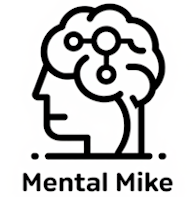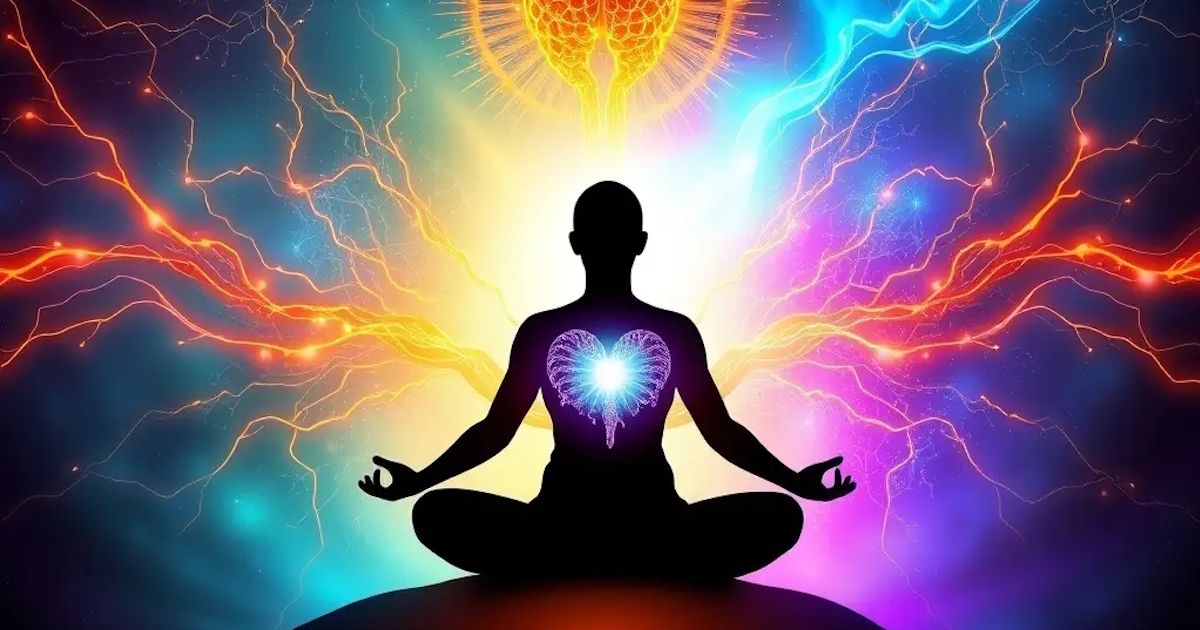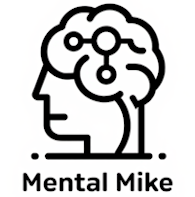Pleasure is often misunderstood in recovery spaces. It’s spoken of with suspicion, as if any desire for enjoyment is a slippery slope toward relapse. But at the Unified Flux Model (UFM), we hold a different view: pleasure is sacred. Not the kind that consumes you—but the kind that reminds you you’re alive. The kind that aligns body, mind, and spirit in a single, shimmering moment of coherence.
In this article, we explore how the brain’s natural reward systems - particularly dopamine and serotonin - relate to addiction, trauma, and recovery. And more importantly, how these molecules can be recalibrated to support not just sobriety, but spiritually-integrated joy.
The Biochemistry of Pleasure and Addiction
To understand the energetic nature of pleasure, we begin with the two molecules most implicated in its pursuit:
- Dopamine is the neurotransmitter of wanting, motivation, and reward-seeking behavior. It spikes when you anticipate something meaningful (food, sex, achievement, drugs) and it drives you to act.
- Serotonin, by contrast, regulates mood, contentment, and social bonding. It’s the molecule of feeling good after an experience, especially when that experience involves connection or safety.
- Addictive substances often hijack both systems. Stimulants like cocaine and methamphetamine flood the brain with dopamine, creating euphoria. Opioids and alcohol enhance serotonin activity (at first), mimicking emotional comfort. But the aftermath is devastating: receptor downregulation, tolerance, and a reward system that no longer responds to natural stimuli (Koob & Volkow, 2016).
The Trauma Link: Why the System Breaks
What many don’t realize is that long before substances enter the picture, trauma and attachment wounds can dysregulate these very same reward systems. Children raised in environments of inconsistency, neglect, or threat often grow up with:
- Underactive serotonin systems—difficulty feeling safe, calm, or socially connected
- Overactive or blunted dopamine systems—either driven to chase rewards, or numb to them entirely
This leaves the nervous system in a chronic state of craving or collapse. It’s not a moral failure. It’s neurochemical disarray. And when that person discovers substances that temporarily “fix” the imbalance, the brain encodes that as survival. In UFM, we call this an energetic distortion of sacred pleasure—when the original desire to feel alive becomes entangled with mechanisms that actually drain life force.
Sacred Pleasure vs. Addictive Stimulation
Not all pleasure is created equal. In the Unified Flux Model, we distinguish between two energetic frequencies of pleasure:
Addictive Pleasure
- Rooted in escape, numbing, or disconnection
- Driven by dopamine without serotonin integration
- Short-lived spikes followed by crashes or shame
- Leaves the body depleted, not restored
Sacred Pleasure
- Rooted in presence, connection, and inner resonance
- Balanced dopamine and serotonin flow
- Feels expansive, nourishing, and often spiritual
- Restores vitality and coherence
- Examples of sacred pleasure include:
- The quiet awe of watching sunrise
- The warmth of safe touch or deep laughter
- The satisfaction of creating something beautiful
- The peace of a breath-centered meditation
- The spiritual radiance of prayer or song
These are not just poetic moments. They are neurochemical recalibrations of the reward system. They teach the brain that joy can arise from coherence, not chaos.
Neuroplasticity and the Rewiring of Pleasure
Recovery offers a second chance to rewire how the brain and energy field experience joy. This is not metaphor. It’s neurobiology. Studies show that neuroplasticity allows the reward system to recover through consistent, meaningful, low-intensity pleasures (Lüscher et al., 2020). In UFM, we teach a practice called “Sacred Substitution.” The idea is not to suppress the need for pleasure, but to redirect it toward experiences that generate alignment instead of fragmentation.
Some techniques include:
- Pleasure Journaling: Writing down one act of sacred joy per day, no matter how small
- Savoring Rituals: Spending 30 seconds fully immersed in the sensory richness of a positive moment (a flavor, a touch, a sound)
- Embodied Joy Practices: Gentle movement, breathwork, or somatic attunement that activates parasympathetic calm and dopaminergic reward
- Service as Pleasure: Practicing generosity or presence for others as a serotonin-rich path to fulfillment
Over time, these practices do more than “fill the time.” They restore neurochemical integrity. They retrain the energetic body to recognize pleasure as safe, soulful, and sustaining.
Spirituality and the Pleasure Principle
In spiritual traditions worldwide, pleasure is often misunderstood. Some teachings condemn it, while others overindulge it. But the true path, in UFM terms, is balance: pleasure that is aligned with presence and purpose. Serotonin is deeply involved in the experience of awe, reverence, and connection to the sacred (Carhart-Harris et al., 2014). Psychedelic-assisted therapies are demonstrating how serotonin receptor modulation can induce profound spiritual states - but we don’t need external substances to get there.
Through prayer, meditation, chanting, movement, and deep connection, serotonin is naturally elevated. When paired with intentional dopamine engagement (creative acts, goal-setting, novelty) the field becomes both energized and grounded. This is sacred pleasure. Not the crash of stimulation, but the glow of alignment. A pleasure that heals rather than hides. A joy that deepens rather than distracts.
If You’ve Been Numb for a Long Time…
Many people in early recovery say, “I don’t feel pleasure anymore.” Or worse, “I don’t deserve it.” This is trauma’s legacy. But it’s not the end of the story. If your brain is numb, it’s not broken. It’s healing. If your energy feels flat, it’s not lifeless. It’s resetting. Sacred pleasure returns slowly, like sunlight after a long storm.
You are not here to live without joy. You are here to remember how to receive it without losing yourself. To feel dopamine as delight, not compulsion. To feel serotonin as connection, not sedation. To feel the full pleasure of being whole.
This is recovery. This is recalibration.
This is the pleasure that keeps you alive.
This is the pleasure that keeps you alive.
References
Carhart-Harris, R. L., Leech, R., Hellyer, P. J., Shanahan, M., Feilding, A., Tagliazucchi, E., ... & Nutt, D. (2014). The entropic brain: A theory of conscious states informed by neuroimaging research with psychedelic drugs. Frontiers in Human Neuroscience, 8, 20. https://doi.org/10.3389/fnhum.2014.00020
Koob, G. F., & Volkow, N. D. (2016). Neurobiology of addiction: a neurocircuitry analysis. The Lancet Psychiatry, 3(8), 760–773. https://doi.org/10.1016/S2215-0366(16)00104-8
Lüscher, C., Robbins, T. W., & Everitt, B. J. (2020). The transition to compulsion in addiction. Nature Reviews Neuroscience, 21(5), 247–263. https://doi.org/10.1038/s41583-020-0289-z



